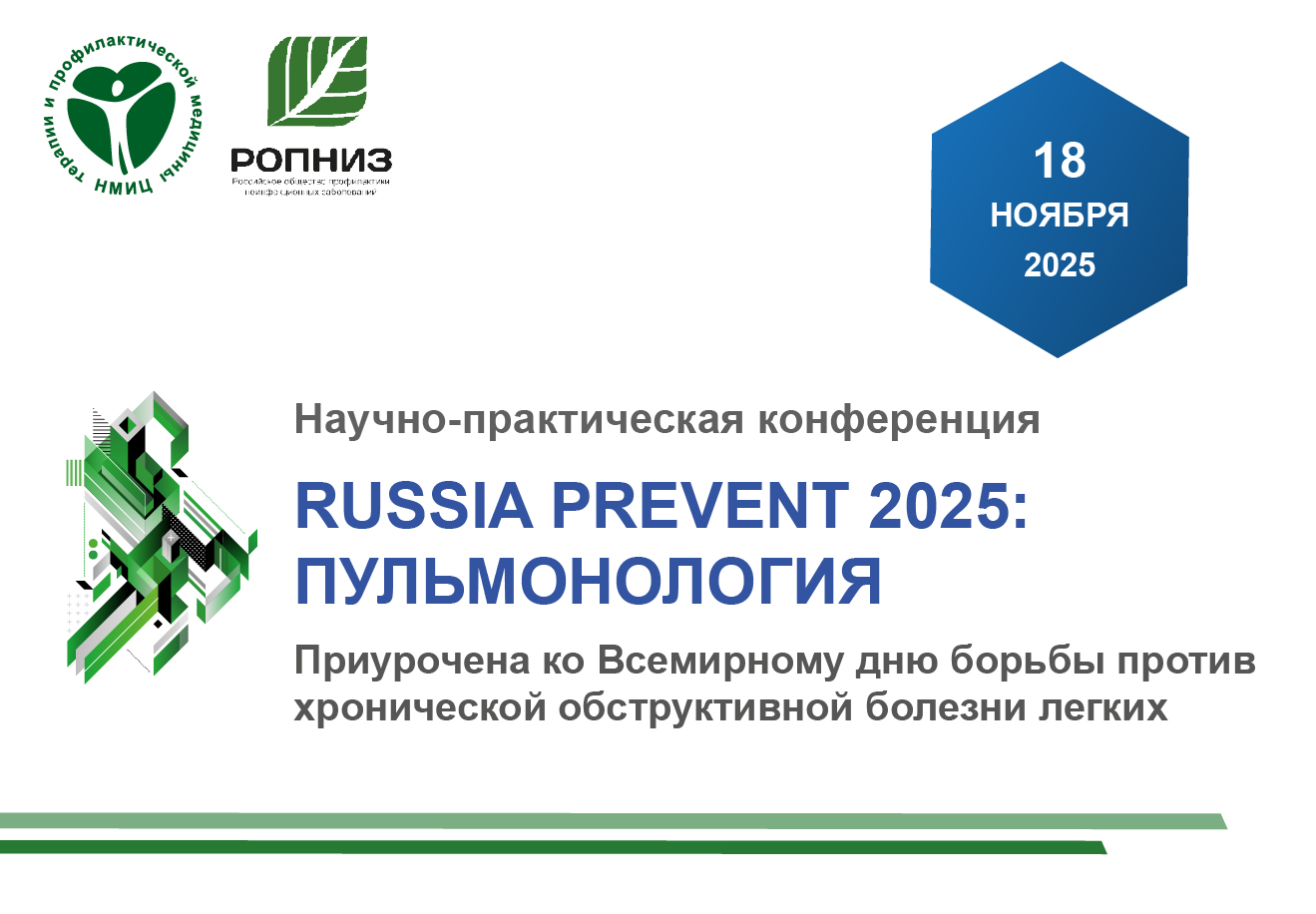Impaired glucose tolerance: who and how treats it?
Abstract
Pre-diabetes includes impaired glucose tolerance (IGT) and fasting hyperglycemia. According to epidemiologic data, the number of ITG patience is twice as high as the number of diabetes mellitus (DM) patients. Cardiovascular event (CVE) risk in IGT patients is by 1.32 times higher than that in normoglycemic individuals. IGT is one of the 5 metabolic syndrome components. The crucial task of IGT management is postprandial hyperglycemia control. Together with lifestyle modification, three groups of antihyperglycemic agents are used: acarbose, metformin, and thiazolidines. Acarbose locally inhibits α-glucosidase, an intestinal enzyme, and prevent glucose absorption at the early digestion stages. According to the results of STOP-NIDDM and APREL trials, acarbose is a medication of choice in treating IGT patients. IGT diagnostics and treatment are among priority areas of modern cardiology
About the Author
M. N. MamedovRussian Federation
References
1. Аметов А.С., Кочергина И.И., Демидова Т.Ю., Кондратьева Л.В. Современные схемы лечения инсулиннезависимого сахарного диабета. Методическое пособие РМАПО. Москва 2000; 4-10, 16-27.
2. Expert Committee on the Diagnosis and Classification of Diabetes Mellitus. Follow-up report on the diagnosis of diabetes mellitus. Diabetes Care 2003; 26: 3160-7.
3. World Health Organization, diagnosis and classification of diabetes mellitus and its complications. Report of a WHO consultation: Part 1. Diagnosis and classification of diabetes mellitus. Geneva 1999; 1-59.
4. American Diabetes Association. Diagnosis and classification of diabetes mellitus. Diabetes Care 2004; 27(Suppl 1): S5-10.
5. Alberti K, Zimmet P. Definition, diagnosis and classification of diabetes mellitus and its complications. Provisional report of a WHO consultation. Diabet Med 1998; 15: 539-53.
6. Unwin N, Shaw J, Zimmet P, Alberti G. Impaired glucose tolerance and impaired fasting glycaemia: the current status on definition and intervention. Diabetes Med 2002; 19: 1-17.
7. Zimmet P, Alberti K, Shaw J. Global and societal implications of the diabetes epidemic. Nature 2001; 414: 782-7.
8. European guidelines on cardiovascular disease prevention in clinical practice. Third Joint Task Force of European and other Societies on Cardiovascular Disease Prevention in Clinical Practice. Eur Heart J 2003; 24: 1601-10.
9. The DECODE study group. Is fasting glucose sufficient to define diabetes& Epidemiological data from 20 European studies. Diabetologia 1999; 42: 647-54.
10. Bartnik M. The prevalence of abnormal glucose regulation in patients with coronary artery disease across Europe. The Euro Heart Survey on diabetes and the heart. Eur Heart J 2004; 25(21): 1880-90.
11. Reaven G. Role of insulin resistance in human disease. Diabetes 1988; 37: 1595-607.
12. Third report of the National Cholesterol Education Program (NCEP) Expert Panel on detection, evaluation and treatment of high blood cholesterol in adults (Adult Treatment Panel III). JAMA 2001; 285: 2486-97.
13. Kim S, Abbasi F, Reaven G. Impact of degree of obesity on surrogate estimates of insulin resistance. Diabetes Care 2004; 27(8): 1998-2002.
14. UKPDS group. Effect of intensive blood-glucose control with metformin on complications in overweight patients with type 2 diabetes (UKPDS 34). Lancet 1998; 352: 854-65.
15. UKPDS group. Intensive blood-glucose control with sulphonylureas or insulin compared with conventional treatment and risk of complications in patients with type 2 diabetes (UKPDS 33). Lancet 1998; 352: 837-53.
16. Рунихин А.Ю. Синдром гипергликемии в практике кардиолога. Кардиология 2005; 10: 83-8.
17. Diabetes Prevention Program research group. Reduction in the incidence of the type 2 diabetes with lifestyle intervention or metformin. N Engl J Med 2002; 346: 393-403.
18. Tuomilehto J, Lindstrom J, Eriksson J. Prevention of type 2 diabetes by changes in lifestyle among subjects with impaired glucose tolerance. N Engl J Med 2001; 344: 1343-50.
19. Мкртумян А.М. Кардиоваскулярные осложнения сахарного диабета 2 типа и особенности коррекции углеводного обмена. Сердце 2003; 2(6): 266-70.
20. Chiasson JL, Josse RG, Gomis R, et al. Acarbose for prevention of type 2 diabetes mellitus: The Stop-NIDDM trial. Lancet 2002; 359: 2072-7.
21. Hanefeld M, Cagatay M, Petrowitsch T, et al. Acarbose reduces the risk for myocardial infarction in type 2 diabetic patients: metaanalysis of seven long-term studies. Eur Heart J 2004; 25: 10-6.
22. Reaven GM, Lardinois CK, Greenfield MS, et al. Effect of acarbose on carbohydrate and lipid metabolism in NIDDM patients poorly controlled by sulfonylureas. Diabetes Care 1990; 13(Suppl 3): 32-6.
23. Chiasson JL, Josse RG, Gomis R, et al. Acarbose treatment and the risk of cardiovascular disease and hypertension in patients with impaired glucose tolerance. The Stop-NIDDM trial. JAMA 2003; 290: 486-94.
24. Мычка В.Б., Чазова И.Е., Беленков Ю.Н. Первые результаты российской программы по изучению эффективности применения акарбозы у пациентов с нарушенной толерантностью к глюкозе и артериальной гипертонией (АПРЕЛЬ). Кардиоваск тер профил 2004; 3(6): 66-73.
25. Мамедов М.Н. Руководство по диагностике и лечению метаболического синдрома. Москва, издательство «Мультипринт» 2004; 37-44, 52-3.
26. Моисеев В.С. Современные подходы к лечению нарушений углеводного обмена в общей практике. Фарматека 2005; 10: 16-20.
Review
For citations:
Mamedov M.N. Impaired glucose tolerance: who and how treats it? Cardiovascular Therapy and Prevention. 2005;4(6, ч.I):89-96. (In Russ.)
























































